Some of America’s rarest animals are hiding in plain sight — if you know where to look.
Forget the zoo. These elusive creatures are out there, roaming wild, tucked between towering cliffs, ancient forests, and misty mountain trails. From ghostlike big cats to birds that look like they flew straight out of a fantasy novel, the hunt for rare wildlife is half the thrill of visiting a national park.
But don’t expect a red carpet welcome. These animals are masters of stealth, and most visitors pass them by without a clue. That’s what makes a sighting so unforgettable — it’s part luck, part timing, and part knowing the exact place to be.
So grab your binoculars, tighten your hiking boots, and let’s explore 12 U.S. national parks where the rare and wild still rule the land. You might just spot something magical.
Yellowstone National Park
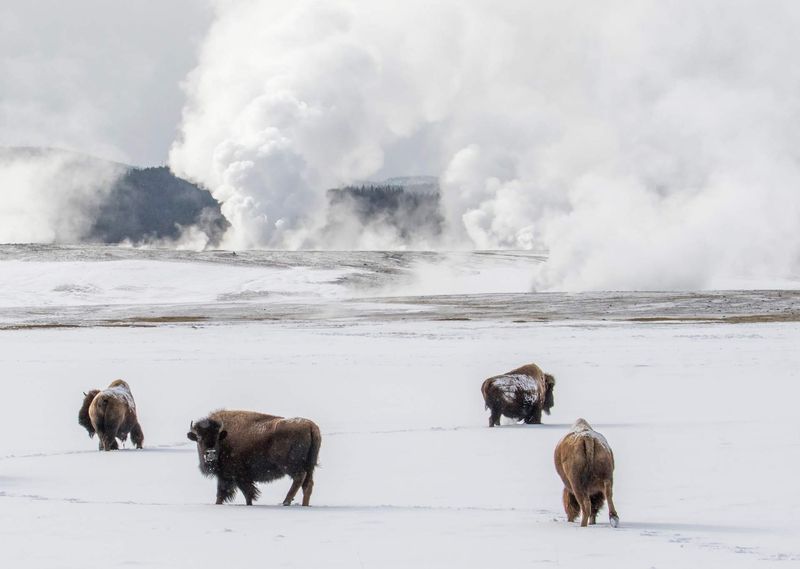
Home to the mighty bison, Yellowstone is a haven for wildlife enthusiasts. These iconic creatures roam freely across the park’s expansive landscapes. Imagine the thrill of spotting a herd against the backdrop of geysers and hot springs.
Bison, with their massive frames and shaggy coats, are a living symbol of the American West. In winter, they appear almost ethereal, their breath visible in the cold air.
Did you know? Yellowstone hosts the largest free-roaming bison herd in the U.S., offering a glimpse into the past when millions roamed the plains. A true adventure awaits here.
Everglades National Park
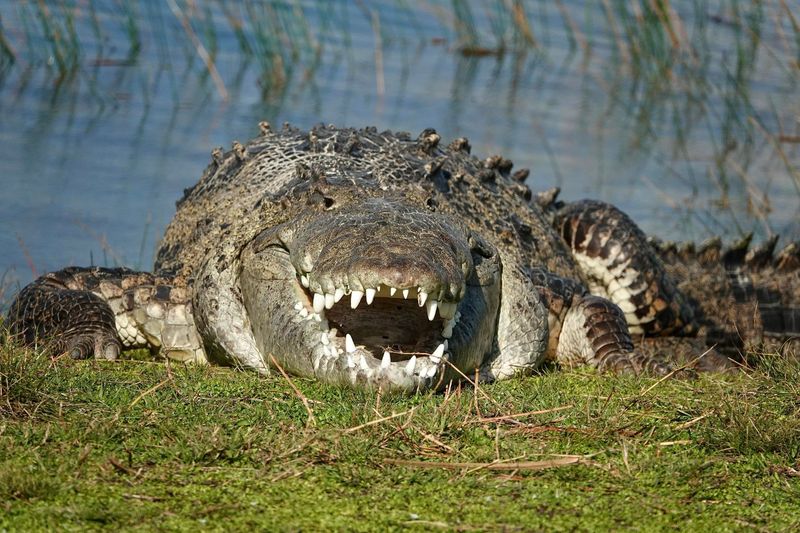
In Everglades National Park, the American crocodile basks under the Florida sun. These reptiles, often mistaken for their alligator relatives, are a rare sight, making them all the more intriguing.
Their slender snouts and light coloring distinguish them from their more common cousins. The Everglades provide a vital habitat for these ancient reptiles, supporting their survival.
Fun fact: The American crocodile is more elusive than the alligator, preferring the coastal areas of the park. Spotting one is a rare treat for visitors, offering a glimpse into a prehistoric world.
Rocky Mountain National Park

The haunting bugle of elk echoes through the valleys of Rocky Mountain National Park. These majestic creatures are often seen in the park’s lush meadows, especially during the autumn rut.
Elk are a sight to behold, with impressive antlers reaching up to four feet. Watching them graze against the backdrop of towering peaks is a quintessential Rocky Mountain experience.
Did you know? Elk were once extirpated from Colorado but have been successfully reintroduced, thriving in this stunning landscape. Their presence is a testament to successful conservation efforts.
Great Smoky Mountains National Park

In the heart of Great Smoky Mountains, black bears roam the misty forests. These playful creatures can often be spotted climbing trees or foraging for berries.
With their curious nature and fluffy cubs, black bears capture the hearts of many visitors. Observing them in their natural habitat offers a thrilling encounter with nature.
Interesting tidbit: The park is home to one of the densest populations of black bears in the Eastern U.S. Spotting a mother bear with her cubs is a memory to cherish, an emblem of wilderness.
Denali National Park

Denali’s rugged terrain is home to the elusive Dall sheep. Their white coats blend seamlessly with the snow, making them a challenging but rewarding sight.
Perched on rocky outcrops, these agile climbers offer a breathtaking view. Their presence adds to the allure of Denali, one of America’s most untouched wilderness areas.
Fun fact: Dall sheep have specialized hooves that help them navigate the steep and rocky slopes of the Alaskan wilderness. Spotting them requires patience and a keen eye, but the reward is incomparable.
Zion National Park
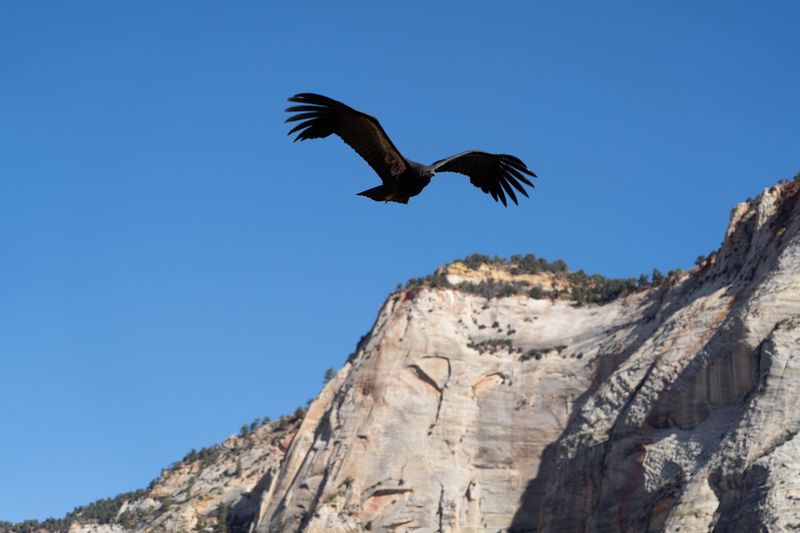
Zion’s dramatic cliffs provide a sanctuary for the California condor, a species that was once on the brink of extinction. Seeing these magnificent birds soar is a testament to conservation success.
With wingspans reaching up to nine feet, condors are among the largest flying birds. Their presence in Zion is a symbol of hope and resilience.
Did you know? The California condor’s recovery is one of the world’s greatest wildlife success stories, and Zion is one of the few places to witness this rare bird thriving in its natural habitat.
Olympic National Park
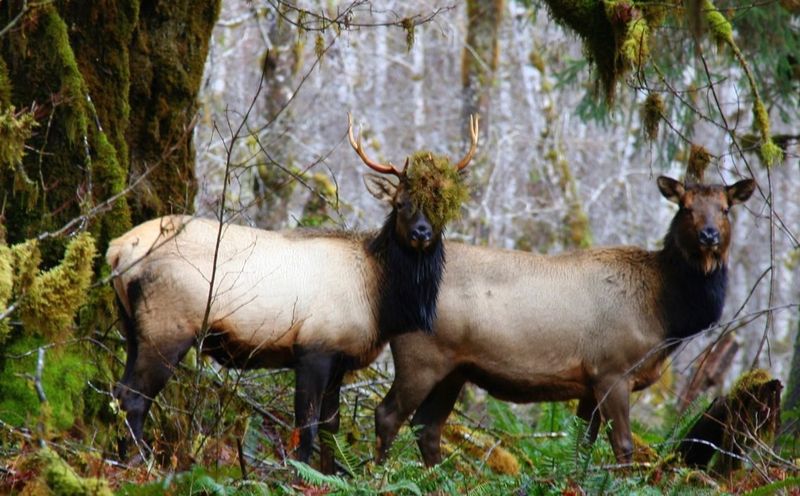
Olympic National Park is a realm of lush rainforests and diverse ecosystems. Here, the Roosevelt elk roams freely, a majestic sight amid towering trees.
These elk are larger and darker than their Rocky Mountain relatives, adding to their mystique. The rainforest setting enhances their regal appearance, offering photographers iconic shots.
Fun fact: Named after President Theodore Roosevelt, these elk are a conservation success, thriving in the park’s varied landscapes. Observing them in this verdant setting is a nature lover’s dream.
Glacier National Park
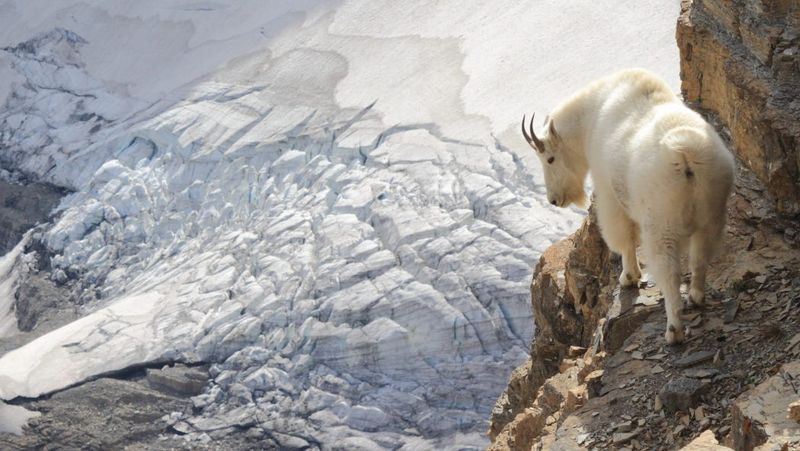
Glacier National Park’s cliffs are a playground for the nimble mountain goat. With their shaggy coats and sure-footed grace, they navigate the park’s rocky terrain effortlessly.
These goats are often seen near Logan Pass, a popular spot for visitors. Their presence adds to the park’s rugged charm and offers spectacular viewing opportunities.
Did you know? Mountain goats are not true goats but belong to the antelope family. Their specialized hooves allow them to climb steep cliffs with ease, an awe-inspiring sight for park visitors.
Joshua Tree National Park
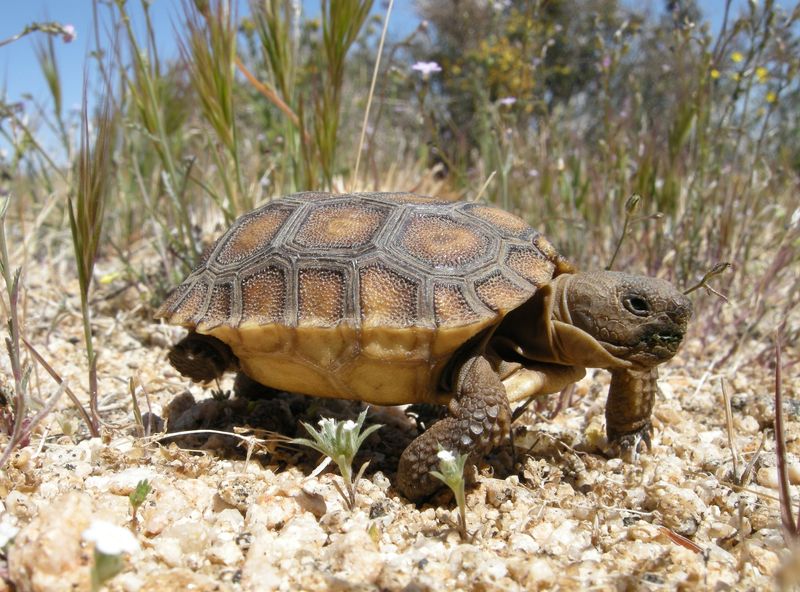
In the arid expanse of Joshua Tree, the desert tortoise makes its home. These slow-moving creatures embody the resilience of life in harsh environments.
Their domed shells and unhurried pace reflect a life adapted to the desert’s challenges. Spotting one is a reminder of the delicate balance within this unique ecosystem.
Interesting note: The desert tortoise can live up to 80 years, surviving on minimal water intake. Their presence in Joshua Tree highlights the incredible adaptability of species in the desert.
Acadia National Park
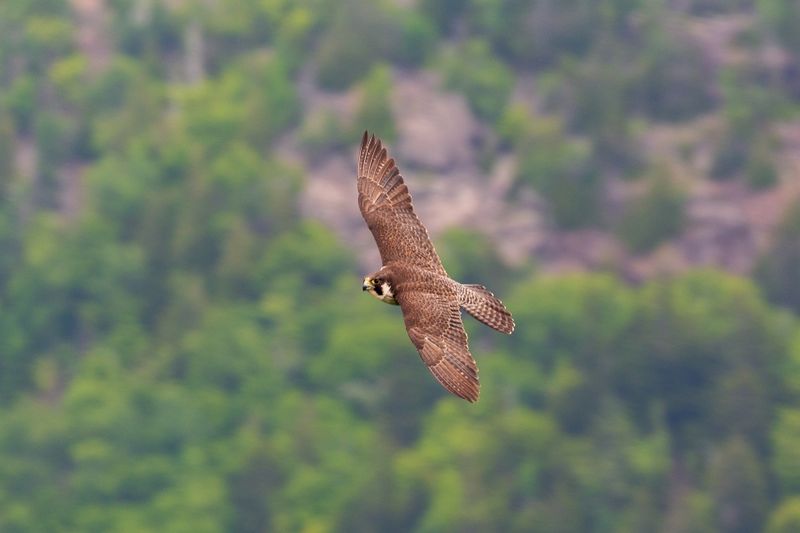
Majestic peregrine falcons grace the skies above Acadia’s rocky shores. Known for their incredible speed, these birds are masters of the hunt.
Their sharp eyes and streamlined bodies make them formidable predators. Observing their aerial acrobatics is a thrilling experience for bird watchers.
Fun fact: The peregrine falcon is the fastest bird, reaching speeds over 200 mph during a dive. Acadia’s cliffs provide an ideal hunting ground, allowing visitors to witness nature’s speedster in action.
Yosemite National Park
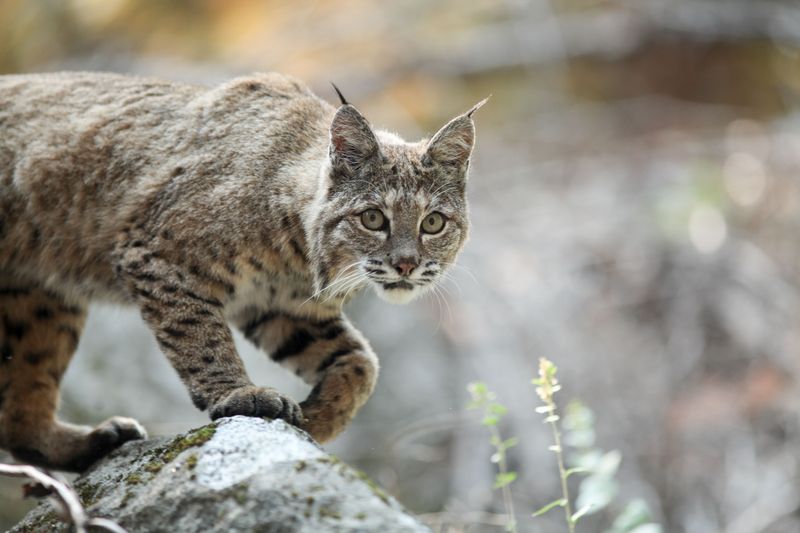
The elusive bobcat prowls the forests of Yosemite, a master of stealth and solitude. Its tufted ears and spotted coat make it a sought-after sighting.
Bobcats blend seamlessly with their surroundings, requiring patience and luck to spot. Their presence adds an air of mystery to Yosemite’s serene landscapes.
Did you know? Bobcats are named for their short “bobbed” tails. They are highly adaptable, thriving in various habitats within the park. Spotting one is a rare and rewarding experience for visitors.
Great Sand Dunes National Park
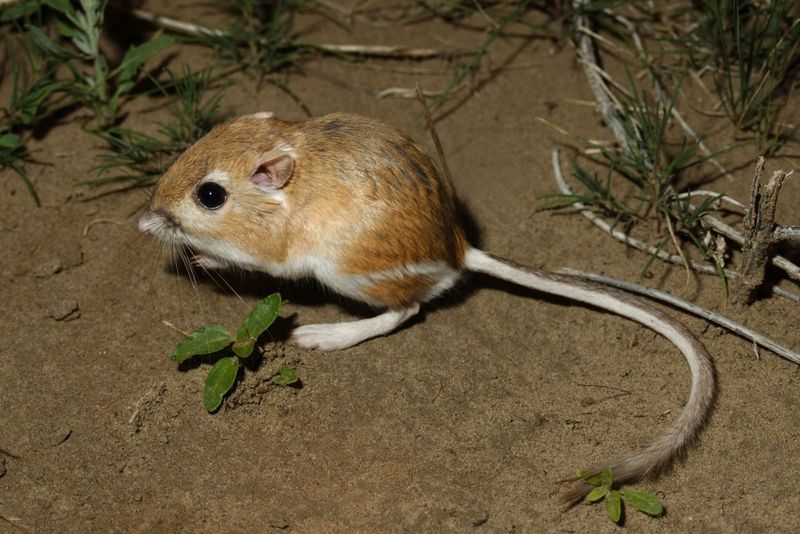
The nocturnal dance of the kangaroo rat unfolds in the Great Sand Dunes. Adapted to arid life, these small rodents hop across the dunes like tiny acrobats.
Their large hind legs and tufted tails help them navigate the sandy terrain. Under the starlit sky, they perform a nightly ballet in search of seeds.
Fun fact: Kangaroo rats can survive without ever drinking water, a remarkable testament to their adaptability. Witnessing their nocturnal activity is a highlight for those exploring the dunes at night.

